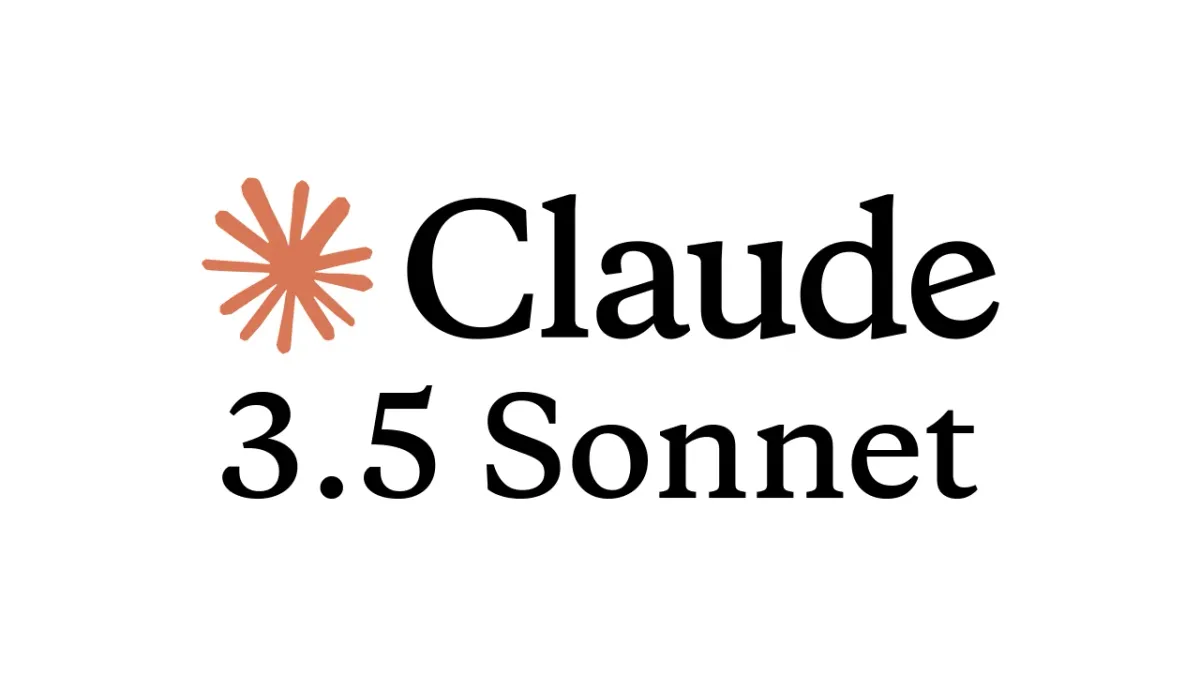Understanding the Objectives of Claude 3.5: A Comprehensive Analysis

Introduction
Claude 3.5, developed by Anthropic, represents a significant advancement in the field of artificial intelligence (AI). This model, particularly in its Sonnet and Haiku versions, is designed to enhance problem-solving capabilities, improve computer interaction, and streamline various workflows across industries. This report delves into the objectives of Claude 3.5, exploring its features, applications, and the potential impact on different sectors. By examining the available information, we aim to provide a detailed understanding of what Claude 3.5 seeks to achieve and how it positions itself as a transformative tool in AI development.
Key Features and Capabilities
Enhanced Problem-Solving
Claude 3.5 Sonnet is engineered to facilitate efficient problem-solving through a structured approach. It begins with identifying the problem and defining clear, measurable objectives. This initial step is crucial as it sets the foundation for subsequent actions (Tomskiecke, 2024). The model's ability to integrate and analyze data from various sources allows users to gain comprehensive insights, which are essential for developing effective solutions.
The iterative feedback mechanism in Claude 3.5 enables users to refine their problem-solving prompts continuously. By highlighting helpful responses and areas needing improvement, users can harness the model's full potential to achieve quicker and more precise results (Tomskiecke, 2024).
Computer Use and Interaction
One of the standout features of Claude 3.5 is its "Computer Use" capability, which allows the model to interact with computer interfaces similarly to a human. This includes navigating screens, moving cursors, clicking, and typing. Such capabilities open up a wide array of use cases, from automating routine tasks to enhancing user interaction with digital environments (Unite.AI, 2024).
In performance evaluations, Claude 3.5 Sonnet scored 14.9% in the screenshot-only category on OSWorld, outperforming the next-best AI system, which scored 7.8%. When given more steps to complete tasks, Claude's score increased to 22.0% (Anthropic, 2024).
Multimodal Capabilities and Task Automation
The Claude 3.5 Sonnet model introduces significant enhancements in multimodal capabilities and task automation. These improvements allow the model to handle complex problem-solving tasks more efficiently. For instance, the model's performance on the SWE-bench Verified test improved from 33.4% to 49.0%, demonstrating its enhanced ability to comprehend and execute complex tasks (Nanonets, 2024).
Applications Across Industries
Software Development
In the realm of software development, Claude 3.5 has shown remarkable potential in accelerating code production and optimization. Development teams using Claude 3.5 Sonnet report significant reductions in debugging time and improvements in code quality. The model's ability to understand context and suggest improvements has transformed code review processes, making them more efficient and less time-consuming (JustThink.AI, 2024).
Creative Industries
Claude 3.5's capabilities extend beyond technical applications to creative industries. The model's ability to generate creative content, such as poetry and prose, showcases its versatility. This feature is particularly beneficial for industries that require innovative content generation, allowing for a blend of creativity and efficiency (JustThink.AI, 2024).
Business Applications
In business settings, Claude 3.5 aids in process automation and decision-making. Its advanced algorithms can quickly identify patterns and relationships in data, suggesting possible solutions and improving decision-making processes. The model's ease of use and customizability make it a valuable tool for businesses looking to enhance productivity and efficiency (Tomskiecke, 2024).
Future Implications and Industry Impact
The introduction of Claude 3.5's enhanced capabilities marks a transformative shift across multiple industries. As organizations continue to implement and adapt these technologies, the potential for further advancements grows. The continuous feedback loop between developers and users plays a crucial role in shaping these improvements, ensuring that the model evolves to meet the changing needs of its users (JustThink.AI, 2024).
Scalability and Integration
As usage of Claude 3.5 grows, scalability planning becomes essential. Organizations must develop clear roadmaps for scaling their implementations, considering both technical and operational aspects. This includes planning for increased API usage, managing costs effectively, and ensuring system architecture can handle growing demands (JustThink.AI, 2024).
Security and Ethical Considerations
With the expansion of AI capabilities, security and ethical considerations remain at the forefront of organizational strategy. Claude 3.5's development includes robust security measures to ensure data privacy and integrity. Organizations must continue to prioritize these aspects to maintain trust and compliance with regulatory standards (JustThink.AI, 2024).
Conclusion
Claude 3.5 represents a significant milestone in AI development, offering enhanced problem-solving capabilities, improved computer interaction, and versatile applications across industries. Its ability to integrate seamlessly into existing workflows and its potential for future advancements make it a valuable tool for organizations looking to leverage AI's growing potential. As the model continues to evolve, it promises to deliver even greater benefits, provided that organizations maintain responsible implementation practices and prioritize security and ethical considerations.
References
Anthropic. (2024, October 22). 3.5 models and computer use. Anthropic. https://www.anthropic.com/news/3-5-models-and-computer-use
JustThink.AI. (2024). AI's new frontier: Claude 3.5's revolutionary models. JustThink.AI. https://www.justthink.ai/blog/ais-new-frontier-claude-3-5s-revolutionary-models
Nanonets. (2024). Beginner's guide to Claude 3.5 Sonnet and Haiku (New). Nanonets. https://nanonets.com/blog/beginners-guide-to-claude-3-5-sonnet-and-haiku-new/
Tomskiecke. (2024). Claude Sonnet 3.5 decoded: Expert tips for efficient problem-solving. Medium. https://medium.com/@tomskiecke/claude-sonnet-3-5-decoded-expert-tips-for-efficient-problem-solving-ebf455ba20a5





